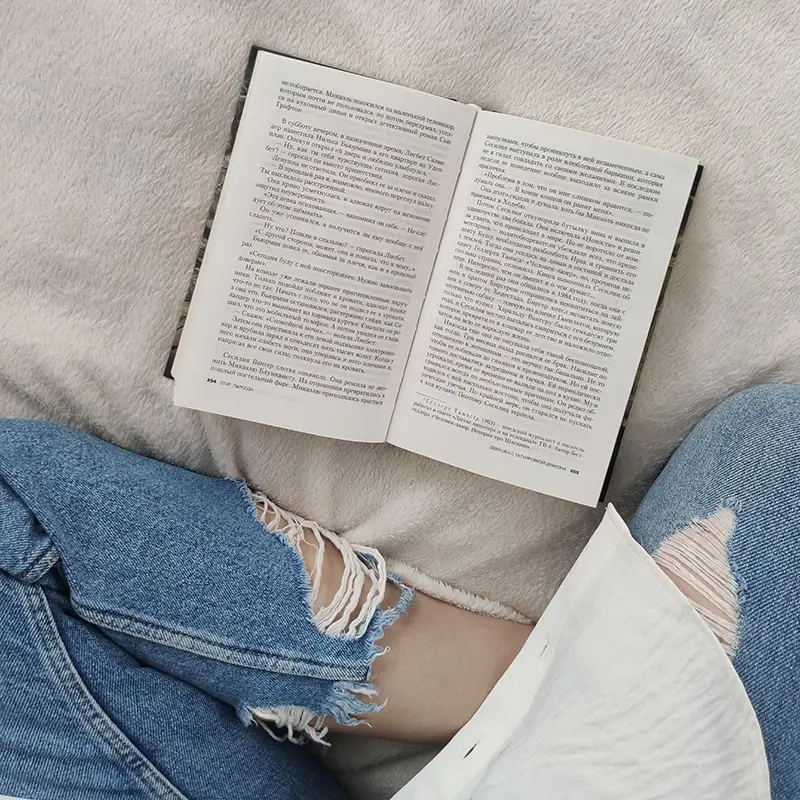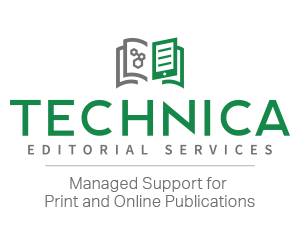When it comes to interior page formatting, it’s important to keep in mind that programs such as Microsoft Word and Google Docs may not be the most suitable tools for designing your book. It takes more than just a few clicks to transform your typed pages into a beautifully designed work of art. But first, let’s be sure we understand the difference between book formatting and design, as they both refer to the interior pages of a book. The simple answer is that the format is the technical production of the book, whereas design is the artistic aspect. A professional designer can play a vital role in bringing your book together by providing their expertise in both the technical and artistic features of book design.

To begin, it’s important to consider the end result you want to achieve. Different formats have different requirements. For instance, an ebook and a print book have different formatting elements. While an ebook may not need most of the formatting elements, it’s crucial to ensure that it has a good design.
For print books, however, the three most important formatting elements are the binding, trim size, and margins.
- Binding: This is exactly what it sounds like. It’s the material that binds the book together. The most common types of binding are:
– Hardcover
– Paperback
– Spiral or coil
The best binding for your book will be determined by page count, price (hardcovers are more expensive to produce than paperback), and trim size. Not all bindings are available for all trim sizes.
- Trim size: This is the book’s height and width. The most common trim sizes for standard trade fiction and nonfiction books are:
– 5″ x 8″
– 5.5″ x 8.5″6″ x 9″
– 7” x 10”
6″ x 9″ is the standard for mass market fiction (e.g., novels) and nonfiction in the United States. You will need to decide what trim size you want before sending the book to a designer or printer.
- Margins: This is the white space at the top, bottom, and outsides of the page. A fourth margin, called the gutter, is the inside of the page where the pages will be bound together to form the book. Your margin size is determined by:
– Trim size,
– The inclusion of headers or footers (i.e., the text at the top or bottom of the page, such as the page number or a running title), and
– Other design elements (e.g., a bleed for full-size color images). A bleed refers to objects that extend beyond the edge of the printed page.
Typically, the top, bottom, and outside margins are close to the same size, and the gutter is slightly wider.
A good practice is to reach out to the on-demand printer you hope to work with to find out what options are available for you regarding the binding, trim size, and margins. For example, you can view Lulu’s guidelines here. TheWriteLife also has a great guide on book formatting as well.
Now that we’ve gone over the technical parts of formatting, let’s move on to the artistic elements: the interior design.
The design focuses on the aesthetic of the book. This includes elements like typography, line width and spacing, white space, sink, and other design elements.
- Typography: This is the font in which the book will be printed. While there are literally thousands of fonts to choose from, a good designer will focus on the right font for your work. The most common serif fonts used in printed books are:
– Times New Roman
– Garamond
– Georgia
The idea is to use a font that is easy on the eye of the reader and not necessarily what font stands out the most.
- Line width and line spacing: These elements determine how many characters appear on a line and how much space is between each line and are impacted by the font, font size, and margins. The idea is to make the lines easily readable and not distracting.
A good rule of thumb that your designer will probably keep in mind for the line width is to have approximately 50–75 characters per line. For the line spacing, a common practice is to use 1.5 lines of space between the lines to avoid the lines from being too close or too far apart from each other on the page.
- Additional design elements: These include white space, sink, drop caps, decorative elements, and images.
– White space helps to create aesthetic balance in the book and helps differentiate sections of the book. For example, think about blank pages in the front of a book between elements like the title of the book, the copyright page, and after the table of contents before the book starts. All of these help balance out the book and also are indicators that the book has been professionally designed. For more information on the importance of white space, check out this beginner’s guide.
– Sink is the practice of starting the next chapter not at the top of the page, but somewhere toward the middle. This allows you to incorporate decorative elements like a chapter opener image, as well as a visual signal that the previous chapter has ended and a new one has begun. It also helps indicate a professional design and plays into the elements of white space.
– Drop caps are the oversized first letter of the first word in the new chapter or section and can also help visually signal a new chapter or section. Adding a drop cap can add a bit of flair to the design of the book without distracting the reader.
While this may all seem overwhelming, hiring a skilled designer will help you achieve your goals of having your book both look its best and be visually appealing to the reader. In other words, don’t just rely on a third-party program to get you there!
By: Kayci Wyatt
Kayci is a Managing Editor at Technica Editorial




